The Best Time to Visit Costa Rica for Good Weather and Affordable Prices

About Costa Rica, Central America: An Overview
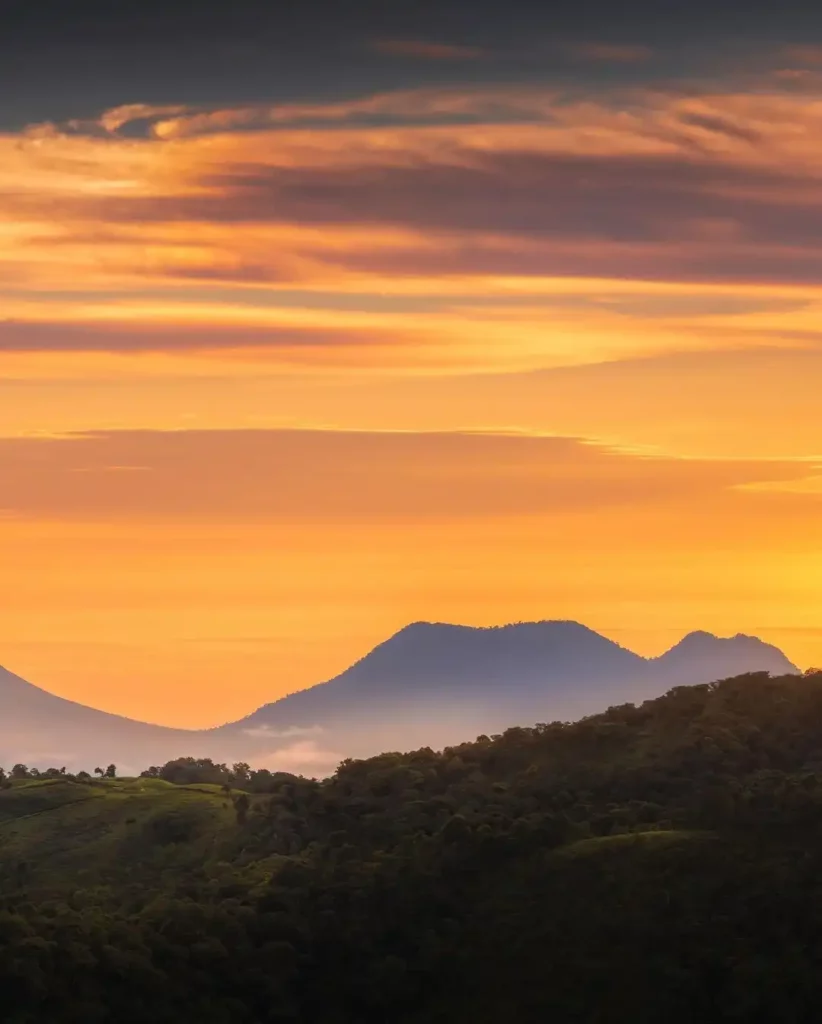

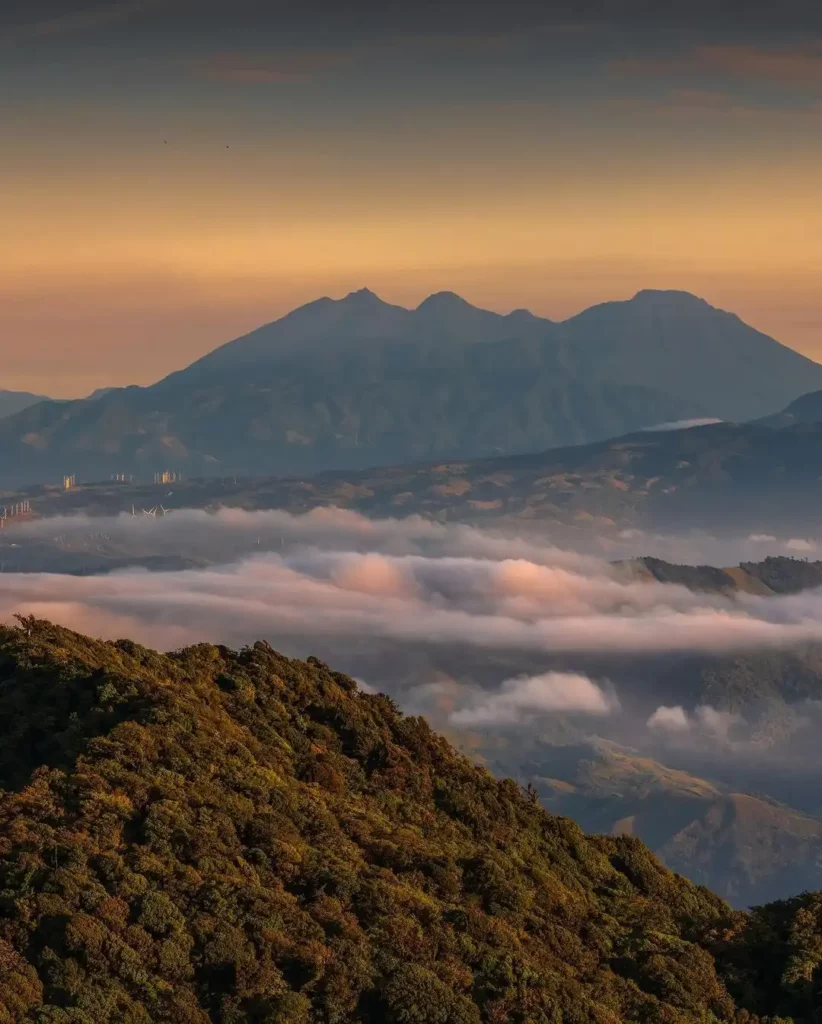
Costa Rica is a small and beautiful country in Central America. It’s famous for its amazing nature, friendly people, and lots of different plants and animals that you can’t find anywhere else. Costa Ricans like to say “pura vida,” which means a simple and happy life.
You can visit Costa Rica for its stunning Beaches on the Pacific and Caribbean sides, explore lush jungles full of cool animals, and see impressive volcanoes like Arenal. The country is perfect for adventures like surfing and zip-lining or relaxing activities like watching birds and wandering through cloud forests.
What makes Costa Rica even more special is that they care about keeping their environment clean and safe. They work hard to protect their nature, making it a great place for eco-friendly travel. So, if you want a mix of amazing nature, friendly culture, and a commitment to taking care of the Earth, Costa Rica is a fantastic choice!
“If you are looking for the best hotel and flight deals for your next vacation, then we recommend booking your bundled flight and hotel through hotwire.com.“
Best Time for Costa Rica’s Caribbean Coast- Season by season Guide

Dry Season (December to April)
- Pros: This is the most popular time to visit the Caribbean coast, with sunny skies, little rain, and calm seas. It’s perfect for swimming, sunbathing, snorkeling, and diving. Wildlife is also active during this time, so you’re more likely to see animals like sloths, monkeys, and iguanas.
- Cons: This is also the most expensive time to visit, with higher prices for flights and hotels. The beaches can also be crowded, especially during peak season (January and February).
Shoulder Season (May to June and November)
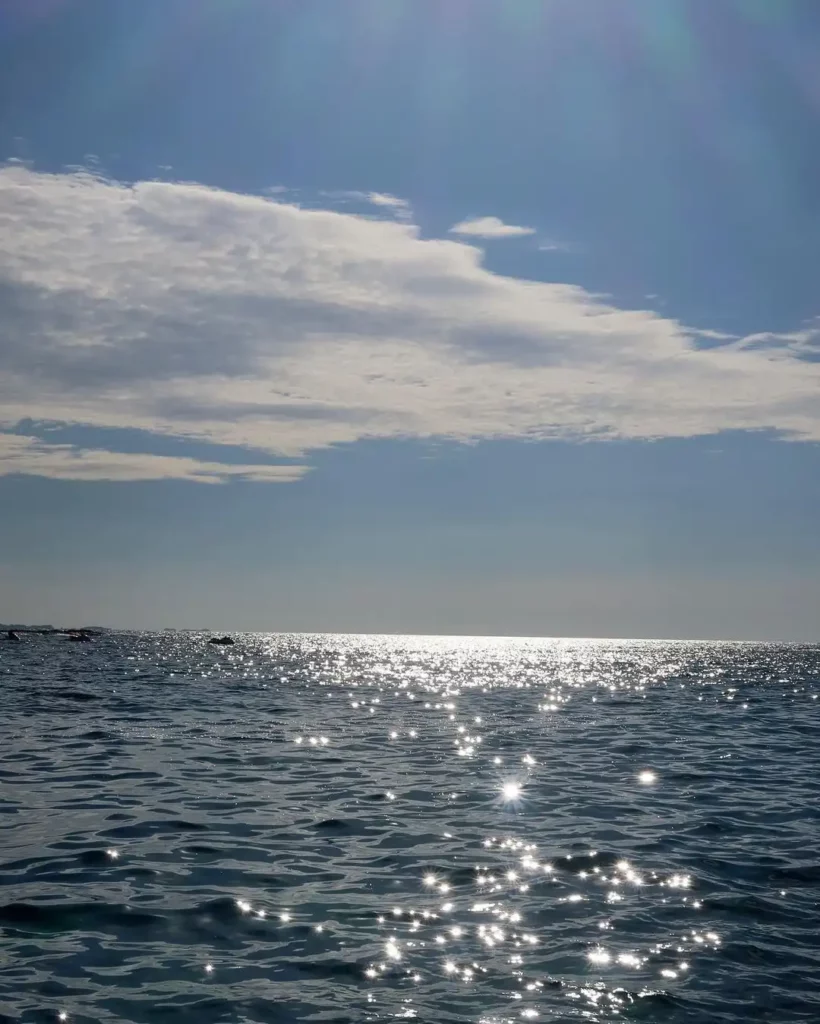
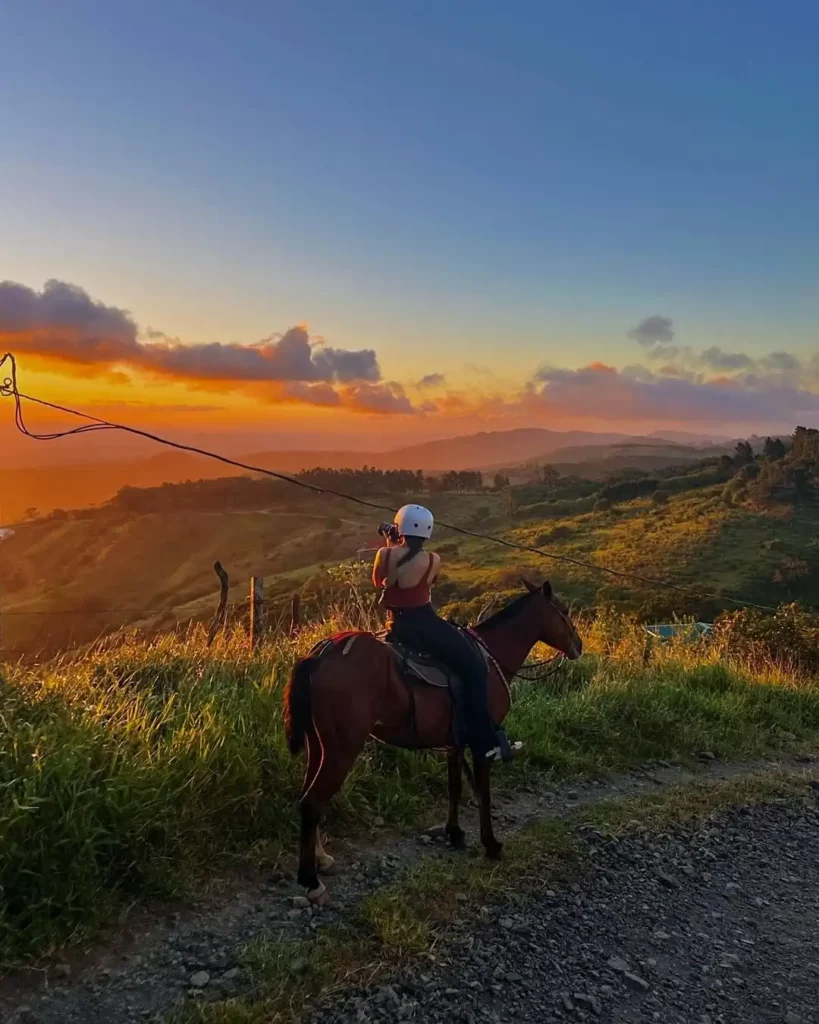
- Pros: The crowds start to thin out during the shoulder seasons, and you can find better deals on travel and accommodation. The weather is still generally good, with a mix of sunshine and rain showers. This is a good time to visit if you want to avoid the crowds and don’t mind the occasional rain shower.
- Cons: The weather can be unpredictable during the shoulder seasons, with occasional heavy downpours. Some activities, such as boat tours and diving, may be limited due to rough seas.
Green Season (July to October)
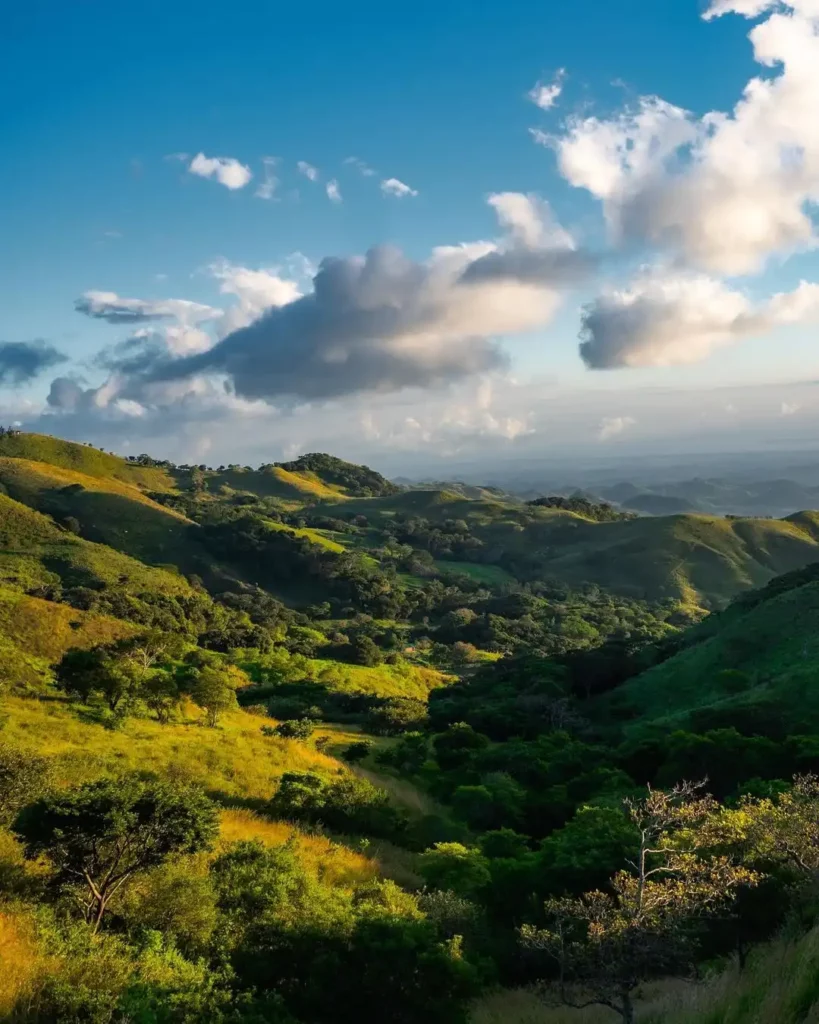

- Pros: This is the least crowded and most affordable time to visit the Caribbean coast. The rainforests are lush and green, and you’ll see fewer crowds at the beaches and attractions. This is a good time to visit if you’re on a budget and don’t mind the rain.
- Cons: This is the wettest time of year, with frequent rain showers and occasional storms. Some roads may be impassable, and some activities, such as hiking and white-water rafting, may be limited.
How to Visit Costa Rica, Central America


1. By Air:
- International Airports: Costa Rica has two major international airports:
- Juan Santamaría International Airport (SJO) near San José (the capital).
- Daniel Oduber Quirós International Airport (LIR) in Liberia, closer to the Pacific coast.
- Airlines: Many major airlines operate flights to Costa Rica, including American Airlines, Delta, United, and various international carriers.
- Direct Flights: Some cities, especially in the United States and Europe, offer direct flights to Costa Rica. Alternatively, you may have layovers in major hubs.
2. Entry Requirements:
- Passport: Ensure your passport is valid for at least six months beyond your planned departure date.
- Visa: Depending on your nationality, you may not need a visa for short stays, but check visa requirements before traveling.
3. Health and Safety:
- Vaccinations: Some vaccinations may be recommended or required, so check with your healthcare provider before traveling.
- Travel Insurance: Consider travel insurance that covers health emergencies and unexpected events during your stay.
4. Currency: Colón (CRC): The local currency is the Costa Rican Colón, but U.S. dollars are widely accepted. It’s advisable to have some local currency for small purchases.
5. Language: Spanish: The official language is Spanish, but many people in tourist areas speak English.
Month-by-month guide for traveling in Georgia-The best time to visit
January – February: Winter Wonders in Georgia
Weather:
- Temperature: Winter in Georgia is cool, with temperatures ranging from 32°F (0°C) to 50°F (10°C) on average.
- Snowfall: In higher elevations, especially in the mountainous regions, you may encounter snowfall, creating a picturesque winter landscape.
Highlights activity:
- Winter Sports: Head to mountainous areas like Gudauri or Bakuriani for skiing and snowboarding.
- Festivals: Experience unique winter festivals, such as Alilo, a traditional Christmas parade in Tbilisi.
Tips:
- Bring warm clothing, especially if you plan to explore mountainous regions.
- Check local festival schedules for cultural events.
March – April: Blossoming Beauty in Georgia
Weather:
- Temperature: Spring arrives, bringing milder temperatures ranging from 41°F (5°C) to 59°F (15°C) on average.
- Rainfall: Expect occasional showers, particularly in April.
Highlights Activity:
- Blooming Landscapes: Witness the awakening of nature with blooming flowers and greenery across the country.
- Cultural Festivals: Participate in events like Tbilisoba in Tbilisi, celebrating the capital city’s diversity and history.
Outdoor Activities:
- Explore the capital, Tbilisi, and other cities without extreme weather conditions.
- Hiking becomes more enjoyable as nature comes to life.
Tips:
- Pack layers for varying temperatures.
- Check festival dates and local events for a cultural immersion.
March and April offer a delightful transition from winter to spring in Georgia, featuring blossoming landscapes and cultural festivities. It’s an excellent time for outdoor exploration and cultural experiences with a moderate influx of tourists.
Best Place to Visit in Costa Rica

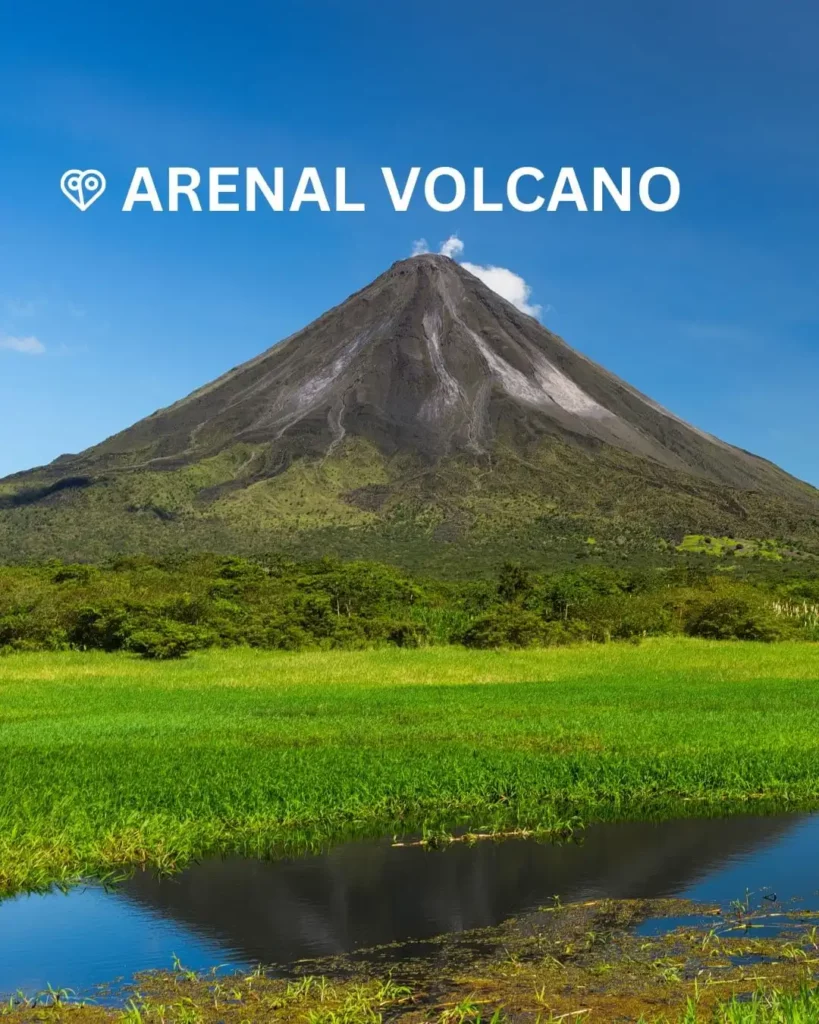




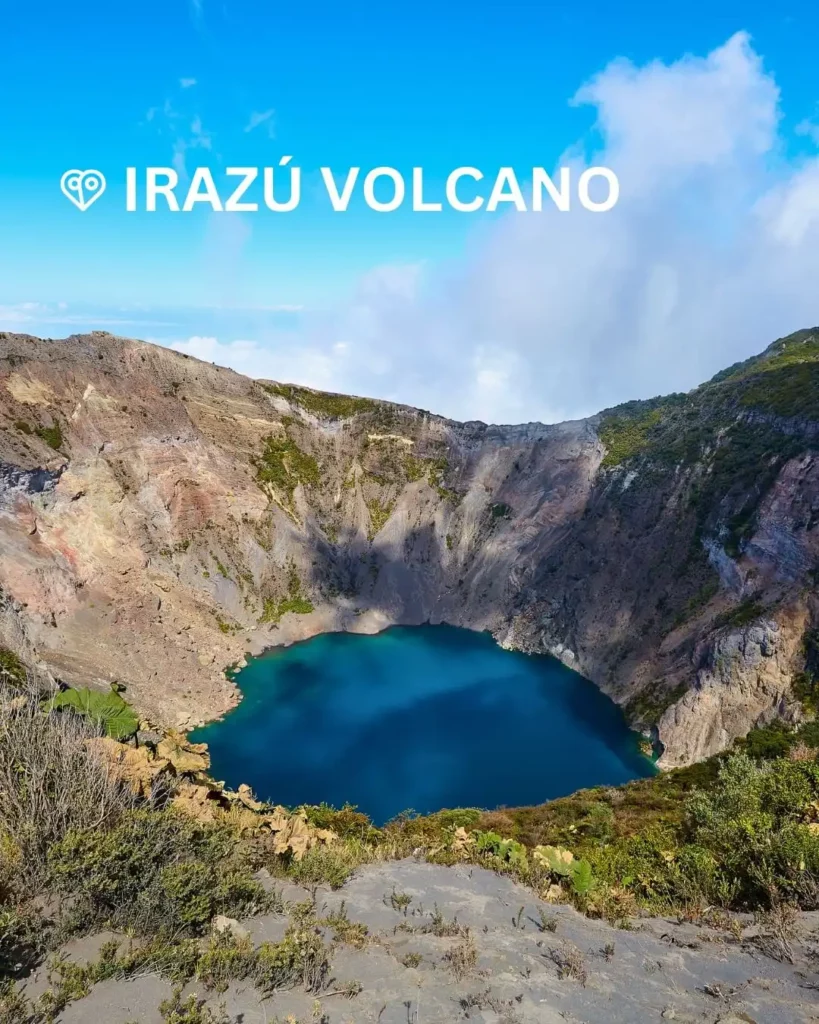

May – June: Mild Spring to Early Summer Magic in Georgia
Weather:
- Temperature: May brings milder temperatures, ranging from 50°F (10°C) to 68°F (20°C), while June sees a warmer shift, with averages between 59°F (15°C) and 77°F (25°C).
- Rainfall: May experiences moderate rainfall, decreasing in June.
Highlights Activity:
- Floral Splendor: Enjoy vibrant blossoms and green landscapes throughout the country.
- Outdoor Activities: Ideal for hiking, exploring historical sites, and enjoying outdoor cafes.
- Wine Season: Visit wine regions like Kakheti as vineyards come to life.
Festivals: May hosts the Tbilisi International Festival of Theatre, attracting performers from around the world.
Tips:
- Pack light layers for varying temperatures.
- Book accommodations in advance, especially during festivals.
May and June offer a beautiful transition from spring to early summer in Georgia. With pleasant temperatures, blooming landscapes, and various outdoor activities, it’s an excellent time for cultural exploration and enjoying the country’s natural beauty.
July – August: Warm Summer Splendor in Georgia
Weather:
- Temperature: Summer brings warmer temperatures, ranging from 64°F (18°C) to 86°F (30°C) on average.
- Sunshine: Expect long days with ample sunshine.
Highlights Activity:
- Festivals and Events: Experience lively summer festivals, such as the Art Gene Festival in Tbilisi.
- Mountain Retreats: Head to higher elevations like Svaneti for cooler temperatures.
- Beach Time: Explore the Black Sea coast, especially in Batumi, for seaside relaxation.
Outdoor Adventures: Hike in the mountains, explore national parks, and enjoy outdoor activities.
Tips:
- Stay hydrated and use sunscreen during the warmer days.
- Check out local events and festivals for cultural immersion.
July and August offer warm and sunny weather in Georgia, making it an ideal time for outdoor adventures, festivals, and exploring the diverse landscapes of the country. While tourist crowds are at their peak, the vibrant atmosphere and numerous events make it a lively and enjoyable period to visit.
September – October: Autumn Tranquility and Cultural Bliss in Georgia
Weather:
- Temperature: Temperatures begin to cool, ranging from 50°F (10°C) to 77°F (25°C) in September and 41°F (5°C) to 68°F (20°C) in October.
- Fall Foliage: Witness the autumn transformation with changing colors in landscapes.
Highlights Activity:
- Harvest Season: Visit wine regions like Kakheti for grape harvesting and wine-related festivities.
- Mild Weather: Enjoy pleasant temperatures for outdoor activities, from hiking to city exploration.
- Cultural Festivals: Engage in cultural events like the Tbilisi International Film Festival.
Outdoor Exploration: Explore historical sites, national parks, and picturesque landscapes.
Tips:
- Bring layers for fluctuating temperatures.
- Attend local harvest festivals for an authentic experience.
September and October offer a delightful mix of mild weather, cultural festivities, and autumn colors. It’s an excellent time for outdoor exploration and immersing yourself in the rich cultural tapestry of Georgia, with fewer tourists and a tranquil atmosphere.
November – December: Cozy Winter Beginnings and Festive Cheer in Georgia
Weather:
- Temperature: November sees cooler temperatures ranging from 36°F (2°C) to 55°F (13°C), while December brings colder weather, ranging from 30°F (-1°C) to 46°F (8°C).
- Possible Snowfall: In higher elevations, especially in the mountains, there may be some snowfall.
Highlights:
- Cozy Atmosphere: Experience the beginning of winter with a cozy and festive ambiance.
- Christmas Markets: Explore Christmas markets in cities like Tbilisi for local crafts and holiday treats.
- Winter Sports: In December, venture to mountainous areas for winter sports like skiing.
Indoor Activities: Visit museums, historical sites, and warm cafes for a comfortable experience.
Tips:
- Pack warm clothing for cooler temperatures.
- Embrace the festive spirit with local holiday traditions.
November and December offer a cozy and festive atmosphere in Georgia, making it a unique time to experience local holiday traditions and explore cities adorned with holiday decorations. While outdoor activities may be limited due to colder weather, cultural celebrations, and the quieter ambiance create a special charm for those seeking a winter getaway.
Annual weather in Costa Rica, Central America: (Month on-month temperature Charts by audleytravel.com
| Destination | Jan | Feb | Mar | Apr | May | Jun | Jul | Aug | Sep | Oct | Nov | Dec |
| Arenal Volcano | 82°F11″ | 84°F7″ | 86°F5″ | 86°F5″ | 84°F11″ | 82°F17″ | 82°F21″ | 82°F20″ | 82°F17″ | 81°F19″ | 81°F16″ | 81°F15″ |
| Corcovado & Osa Peninsula | 90°F3″ | 91°F2″ | 93°F6″ | 93°F9″ | 90°F17″ | 88°F19″ | 90°F19″ | 88°F24″ | 88°F28″ | 86°F32″ | 86°F24″ | 88°F9″ |
| Dominical | 90°F3″ | 90°F1″ | 93°F3″ | 91°F7″ | 90°F15″ | 88°F16″ | 90°F15″ | 88°F18″ | 88°F19″ | 88°F24″ | 86°F14″ | 88°F5″ |
| Manuel Antonio | 90°F2″ | 91°F1″ | 93°F2″ | 93°F7″ | 91°F16″ | 90°F17″ | 90°F17″ | 90°F19″ | 88°F21″ | 88°F25″ | 86°F15″ | 88°F6″ |
| San José & Central Valley | 75°F0″ | 77°F0″ | 79°F1″ | 79°F2″ | 79°F9″ | 77°F11″ | 77°F8″ | 77°F10″ | 77°F14″ | 77°F13″ | 75°F6″ | 75°F2″ |
| Tamarindo | 90°F0″ | 91°F0″ | 95°F0″ | 95°F1″ | 91°F9″ | 88°F10″ | 90°F6″ | 90°F8″ | 88°F12″ | 88°F12″ | 88°F4″ | 90°F0″ |
| Tortuguero & the Caribbean Coast | 86°F15″ | 86°F9″ | 90°F7″ | 90°F10″ | 88°F12″ | 88°F14″ | 86°F21″ | 86°F16″ | 86°F10″ | 86°F13″ | 84°F22″ | 84°F22″ |
Beyond the Seasons: Worst Time to Visit Costa Rica
While Costa Rica is a popular and enchanting destination, there are times that might be less ideal for certain travelers. Here are considerations for what could be considered the worst times to visit Costa Rica:
1. Heavy Rainy Season (September to November):
- Weather Conditions: This period experiences the peak of the rainy season, resulting in heavy and prolonged rainfall.
- Impacts: Some areas may face flooding, muddy trails, and difficult travel conditions, especially in low-lying regions.
2. Hurricane Season (June to November):
- Possibility of Hurricanes: While Costa Rica is not often directly hit by hurricanes, there can be increased rainfall and potential disturbances, particularly on the Caribbean coast.
- Weather Variability: The Caribbean hurricane season, which peaks from September to November, can bring unpredictable weather patterns.
3. Crowded Dry Season (December to April):
- High Tourist Numbers: The dry season, especially during the North American winter months, sees a surge in tourists.
- Increased Prices: Accommodation and activity prices may be higher due to the peak tourist season.
4. Muggy Green Season (May to November):
- Humidity: While the green season offers lush landscapes and fewer tourists, some travelers may find the high humidity uncomfortable, particularly on the Caribbean coast.
- Insect Activity: The rainy season can lead to increased insect activity.
5. Sensitive to Rain and Humidity:
- Personal Preference: Travelers sensitive to rain and high humidity may find certain months less enjoyable.
- Outdoor Activities: Activities like hiking and beach outings may be affected during heavy rain.
6. Limited Accessibility in Remote Areas:
- Road Conditions: Some remote or mountainous areas might become less accessible during the heavy rainy season.
- Adventure Sports: Those interested in outdoor adventure sports may face limitations due to weather conditions.
Popular Attractions in Costa Rica

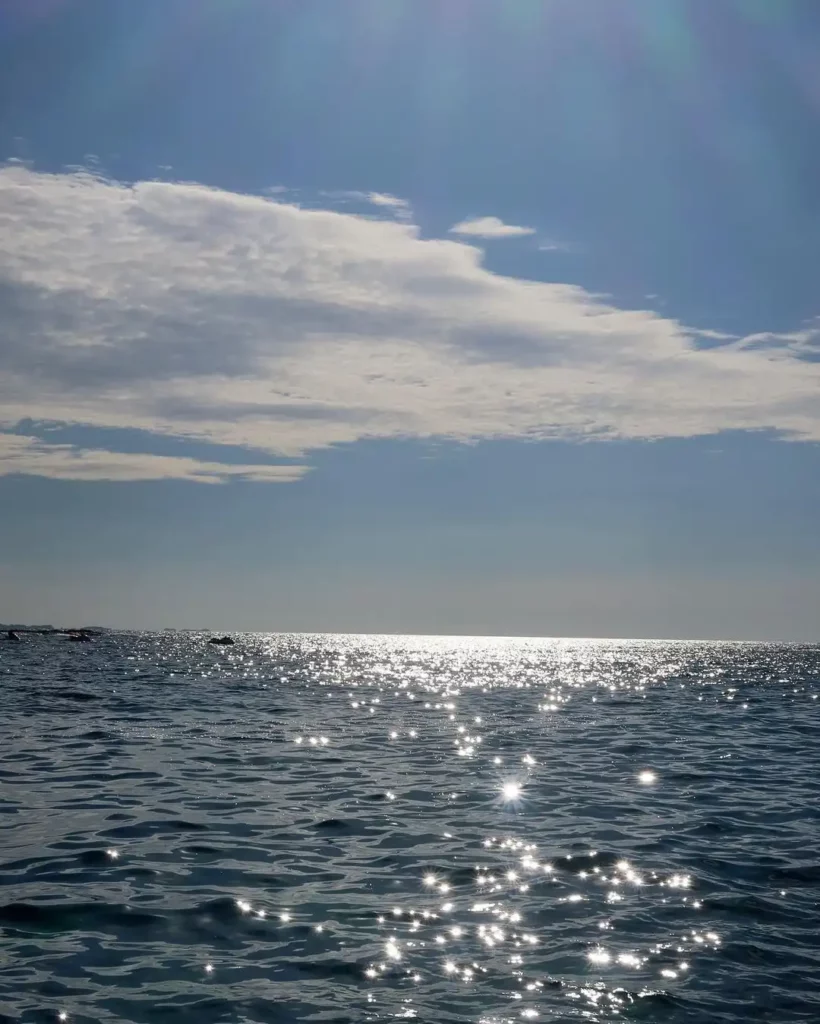

Costa Rica is known for its diverse landscapes, rich biodiversity, and vibrant culture. Here are some of the popular attractions in Costa Rica:
- Arenal Volcano:
- Arenal is an active volcano surrounded by lush rainforests and hot springs.
- Visitors can enjoy hiking trails, zip-lining, and relaxing in thermal baths.
- Monteverde Cloud Forest Reserve:
- A biodiverse cloud forest offering canopy tours, hiking trails, and wildlife viewing.
- Known for its suspended bridges providing a unique perspective of the forest.
- Manuel Antonio National Park:
- Famous for its white-sand beaches, diverse wildlife, and hiking trails.
- Capuchin monkeys, sloths, and various bird species can be spotted.
- Tortuguero National Park:
- A significant nesting site for sea turtles, including green and loggerhead turtles.
- Explore the park’s canals by boat to witness diverse wildlife, such as monkeys and toucans.
- Corcovado National Park:
- Located on the Osa Peninsula, known for its untouched rainforest and diverse ecosystems.
- Offers challenging hiking trails for adventurous travelers.
- Tamarindo:
- A popular beach town on the Pacific coast known for its surfing and vibrant nightlife.
- Ideal for water sports, including surfing, snorkeling, and sportfishing.
- La Fortuna Waterfall:
- A stunning waterfall near Arenal Volcano accessible by a scenic hike.
- Visitors can swim in the pool at the base of the waterfall.
- Puerto Viejo de Talamanca:
- A laid-back coastal town on the Caribbean side known for its reggae vibe.
- Surfers enjoy the waves, and the nearby Cahuita National Park offers wildlife viewing.
- Rincón de la Vieja National Park:
- Home to the Rincón de la Vieja Volcano and diverse ecosystems.
- Offers hiking trails, hot springs, and opportunities to observe volcanic activity.
- Guanacaste Province:
- Known for its beautiful beaches, including Playa Conchal and Playa Flamingo.
- A popular destination for relaxation, water activities, and cultural experiences.
- San Jose:
- The capital city offers cultural attractions like the National Museum and Gold Museum.
- Explore the Central Market for local cuisine and handicrafts.
- Cahuita National Park:
- Located on the Caribbean coast, known for its coral reefs and marine life.
- Offers hiking trails along the coast with opportunities for wildlife spotting.
Costa Rica’s attractions cater to a wide range of interests, from nature enthusiasts and adventure seekers to those seeking relaxation on beautiful beaches. The country’s commitment to conservation and sustainable tourism adds to the allure of its diverse and pristine environments.
Conclusion
Costa Rica stands out as a captivating destination that seamlessly blends natural wonders, adventure, and vibrant culture. With its diverse landscapes ranging from active volcanoes to lush rainforests and pristine beaches, the country offers an array of experiences for every type of traveler.
The Arenal Volcano, Monteverde Cloud Forest, and Manuel Antonio National Park showcase the country’s commitment to preserving its rich biodiversity. Visitors can embark on thrilling adventures like zip-lining through the canopy or hiking challenging trails, all while encountering unique wildlife such as sloths, monkeys, and colorful birds.
Costa Rica’s coastlines, from the Pacific shores of Tamarindo to the reggae-infused Caribbean vibe of Puerto Viejo de Talamanca, provide opportunities for water sports, relaxation, and cultural immersion. The commitment to sustainable tourism is evident in places like Tortuguero National Park, a haven for sea turtles, and the Rincón de la Vieja National Park, where diverse ecosystems coexist.
How much did you like Our detailed Best Time to Visit Costa Rica – Amazingworld? Review Also, please share these Blogs with your friends on social media.
Recommended
- Travel Hacks
- 12-Ways to Keep Kids Entertained
- Travel Tips for Single Parents
- Top travel tips for seniors
Costa Rica FAQ’s
What are the Best Times to Visit Costa Rica?
The best times to visit Costa Rica are during the dry season from December to April for sunny weather and outdoor activities. The green season from May to November is ideal for fewer crowds and lower prices but comes with some rain.
What are the Peak Tourist Seasons in Costa Rica?
The peak tourist seasons are during the dry season from December to April when many travelers seek sunny weather. However, this period also sees higher prices and more crowds.
Are there Specific Festivals or Events during Certain Times of the Year in Costa Rica?
Yes, Costa Rica hosts various festivals and events throughout the year. For example, Tamarindo Art Wave Festival in January and Envision Festival in February are popular. Checking the local calendar can enhance your cultural experience.
Which weather conditions in Costa Rica are best for outdoor activities?
The dry season (December to April) is ideal for outdoor activities, offering sunny weather with temperatures ranging from the low 70s to high 80s Fahrenheit. This is perfect for activities like hiking, zip-lining, and beach outings.
Best Time for Surfing?
Surfers often find the best conditions on the Pacific Coast from March to April, during the dry season. However, for uncrowded beaches, the low tourist season of June through August is a good choice.
What is the Best Time for Good Weather?
The dry season, from December to April, provides the best weather conditions with lower chances of rain and plenty of sunshine. Temperatures are generally comfortable, making it an ideal time for various outdoor activities.
What is the Best Time for Wildlife Spotting?
Wildlife spotting is excellent year-round, but during the dry season (December to April), animals tend to gather around water sources, offering better visibility. The green season (May to November) is also good, and you may encounter fewer tourists.
What is the Best Time for Lower Prices?
The low season months of May and September offer lower prices as there is less demand from tourists. Traveling during these months can save you money on accommodations and flights.

Meet David Hoper, a passionate travel Blog writer with 7+ years of experience in travel content. Through his exemplary storytelling and engaging narratives, he shares his experiences and brings destinations to life. With a keen eye for detail and a love for exploration, he has cultivated a diverse portfolio of travel blogs that inspire and inform readers worldwide.








